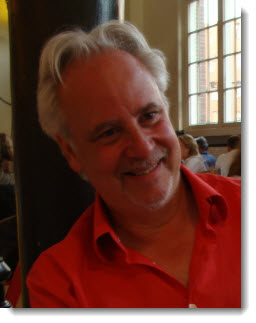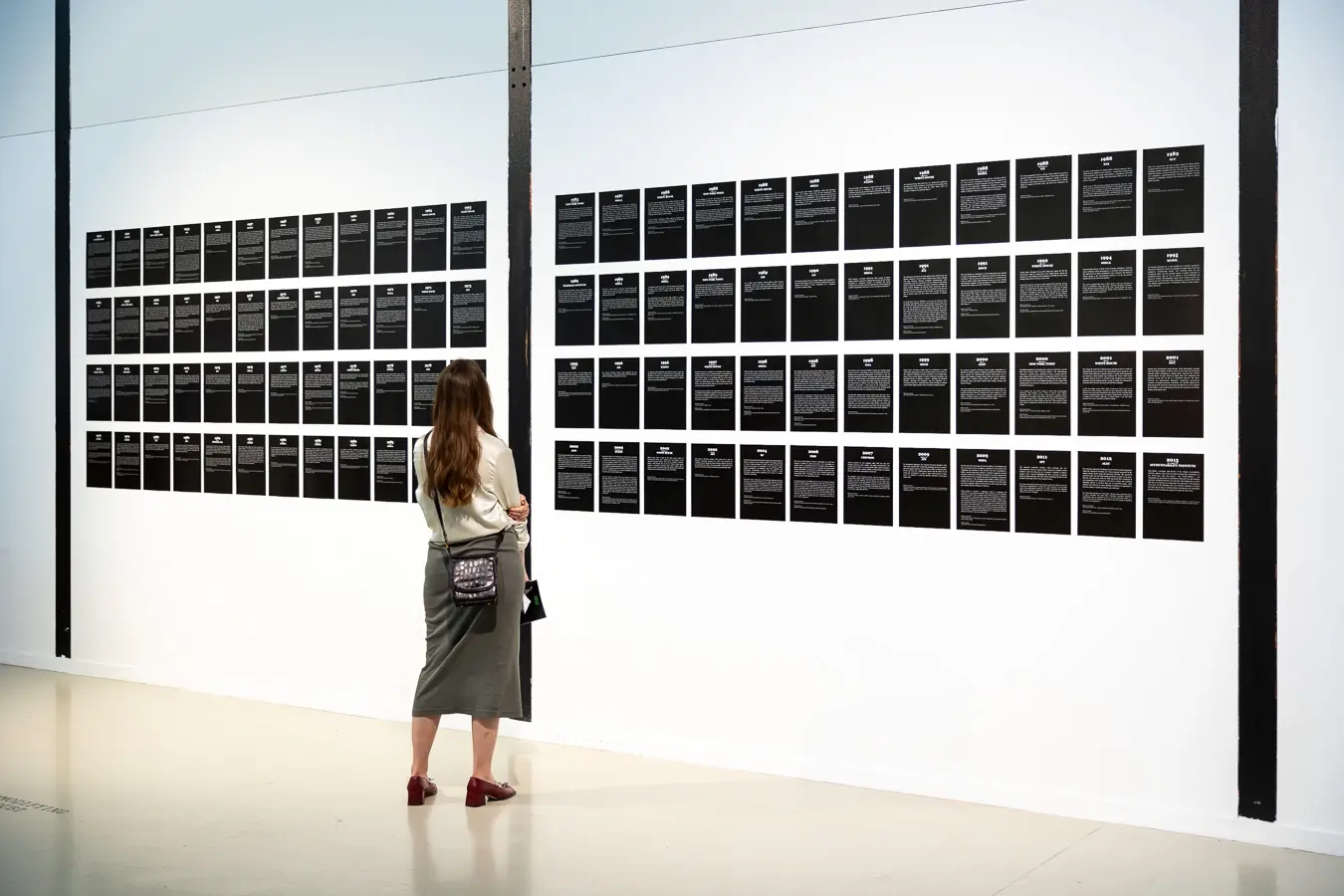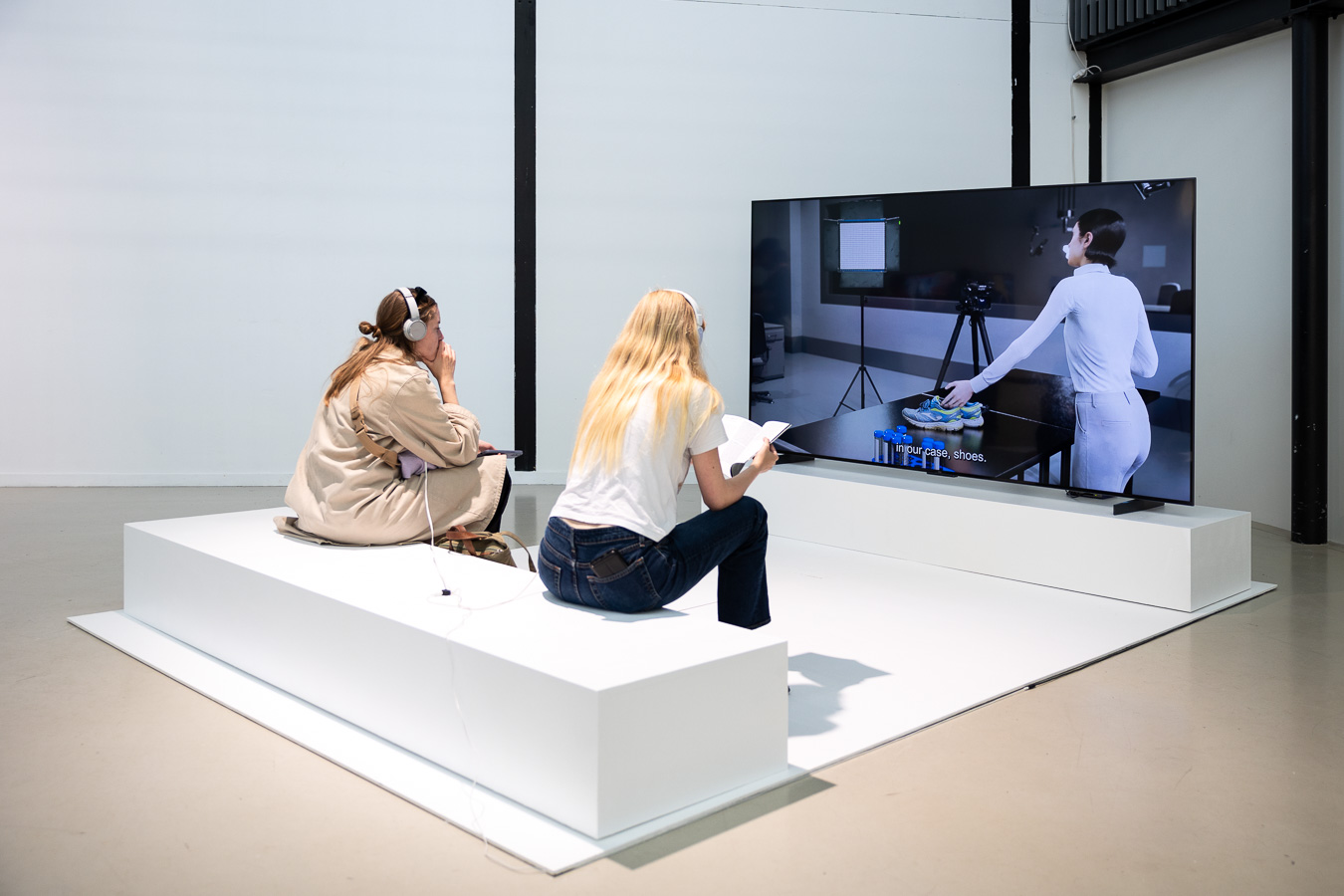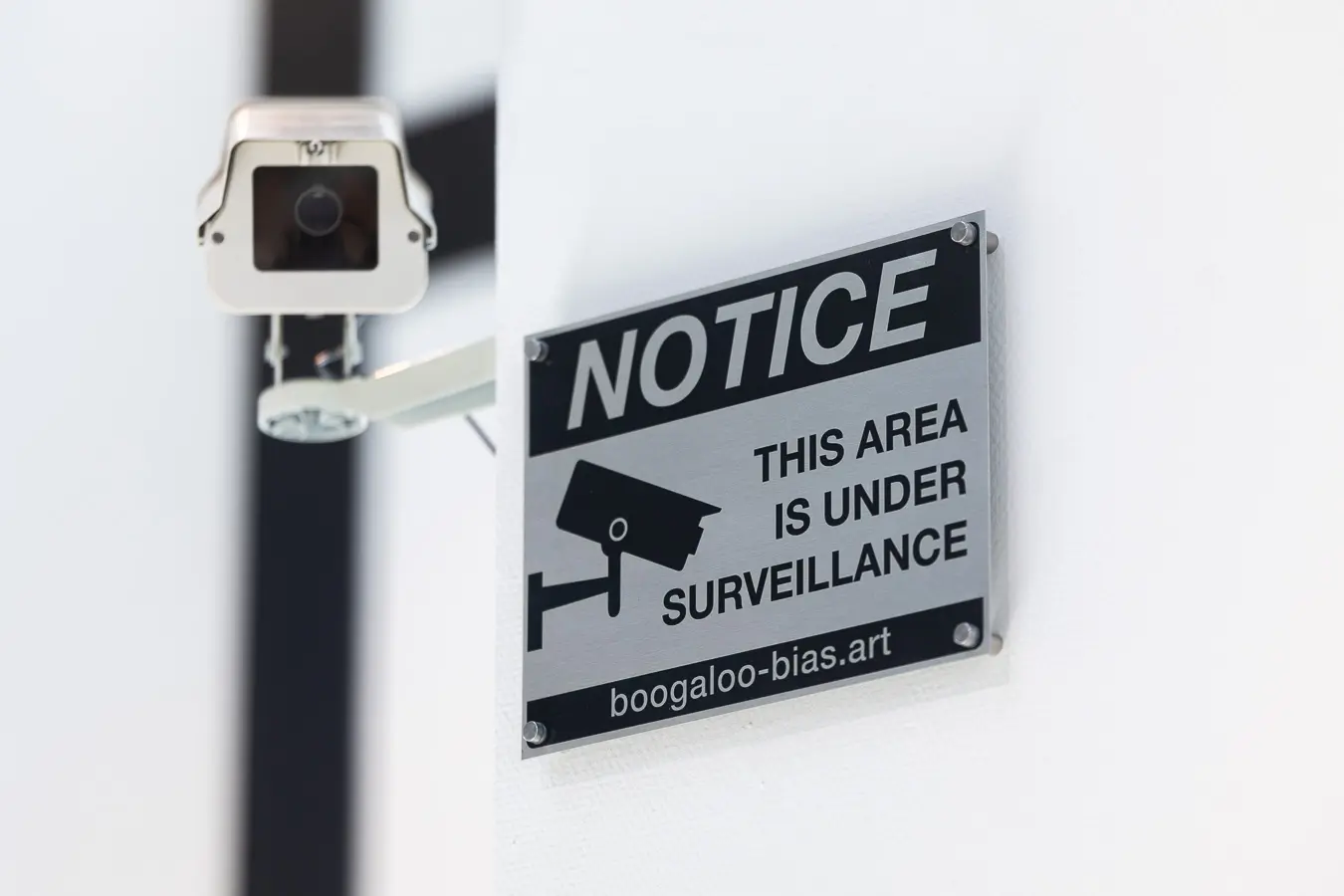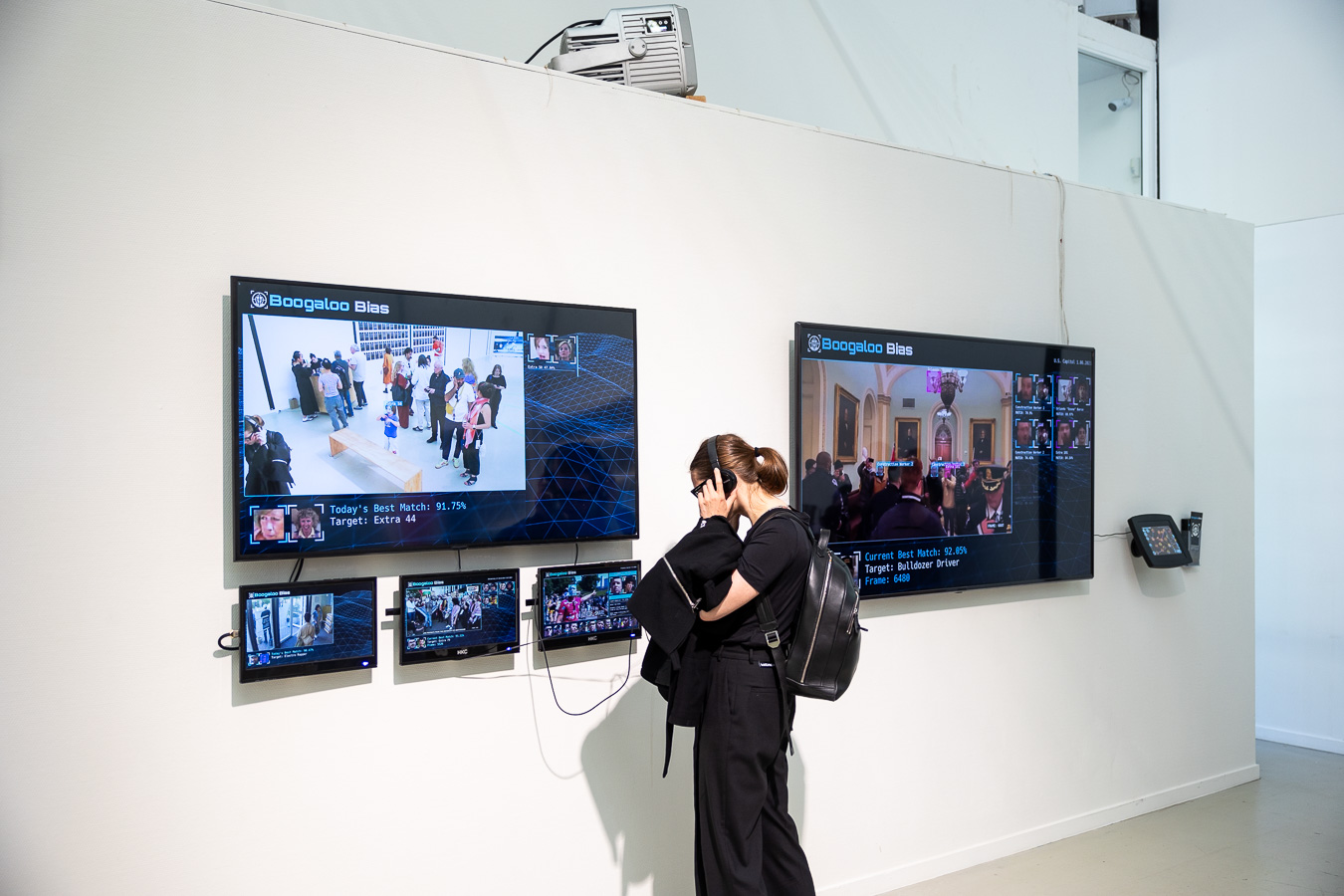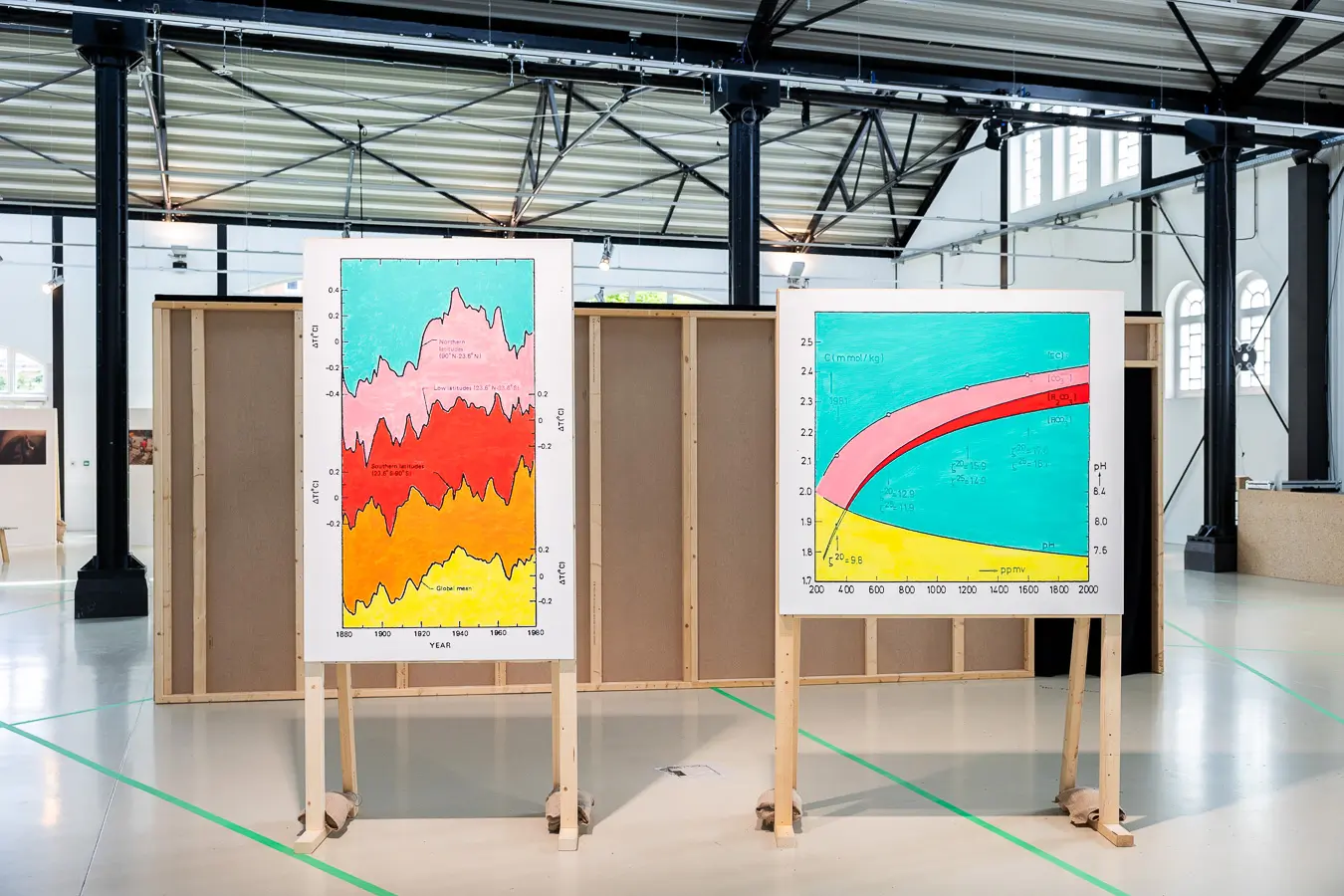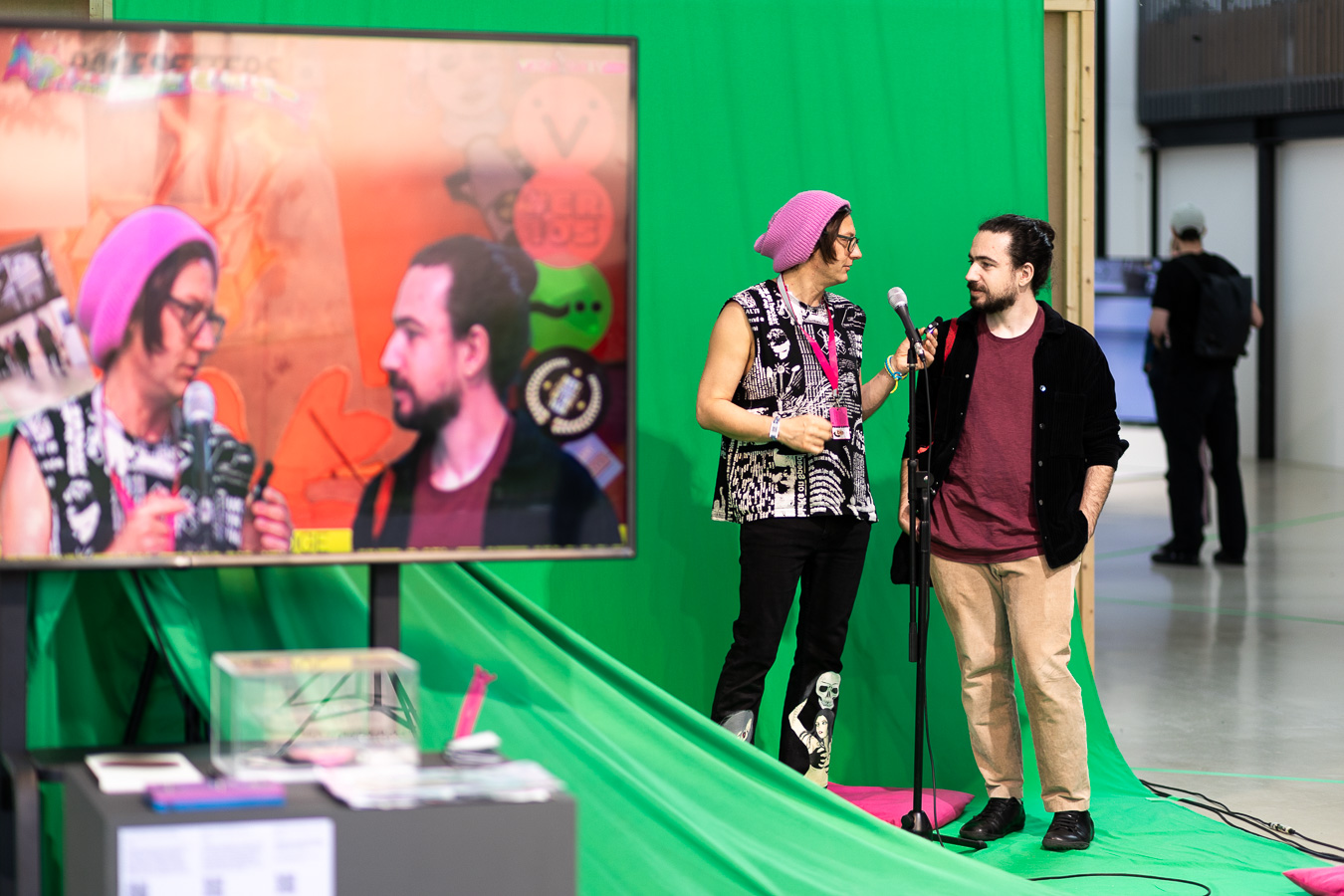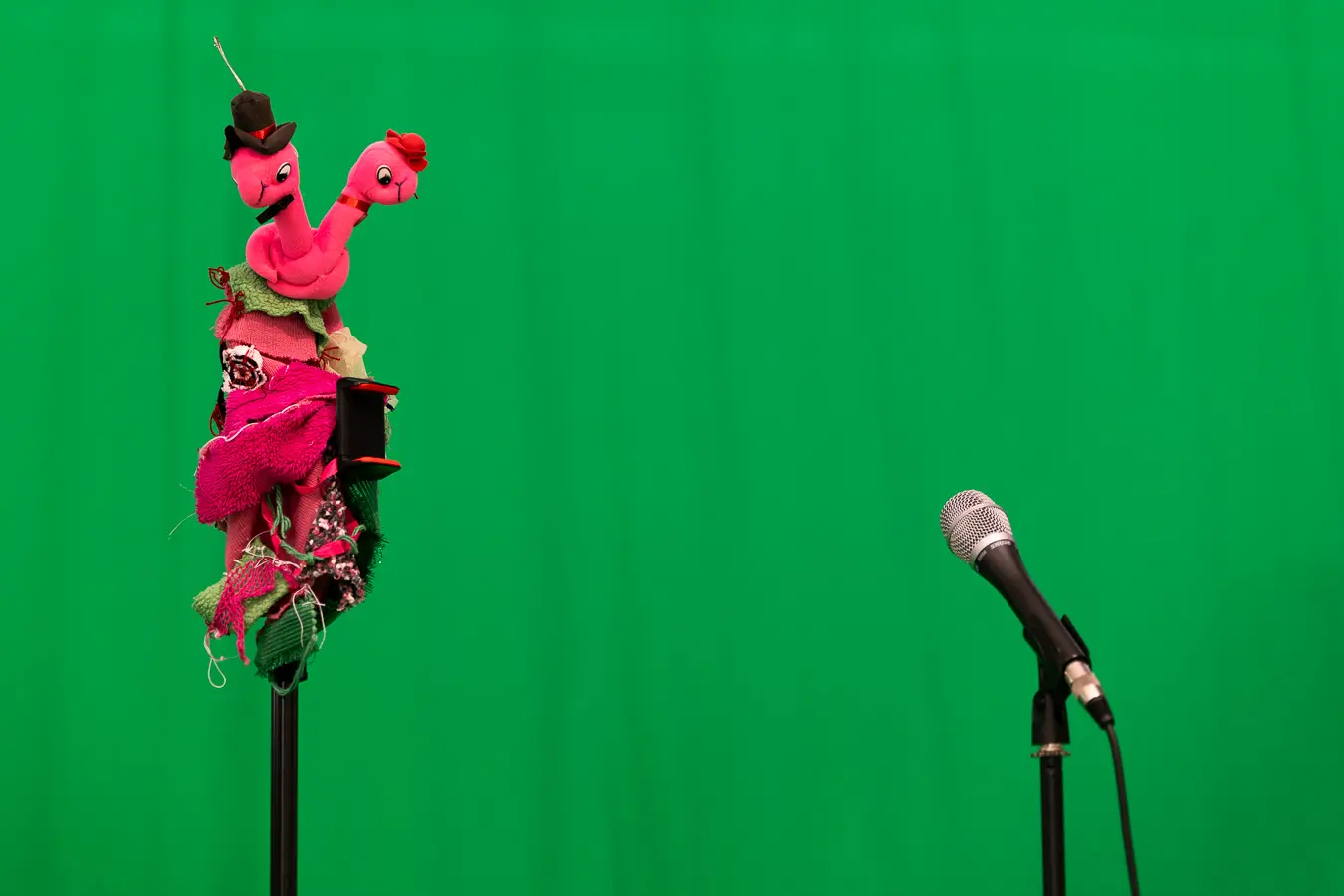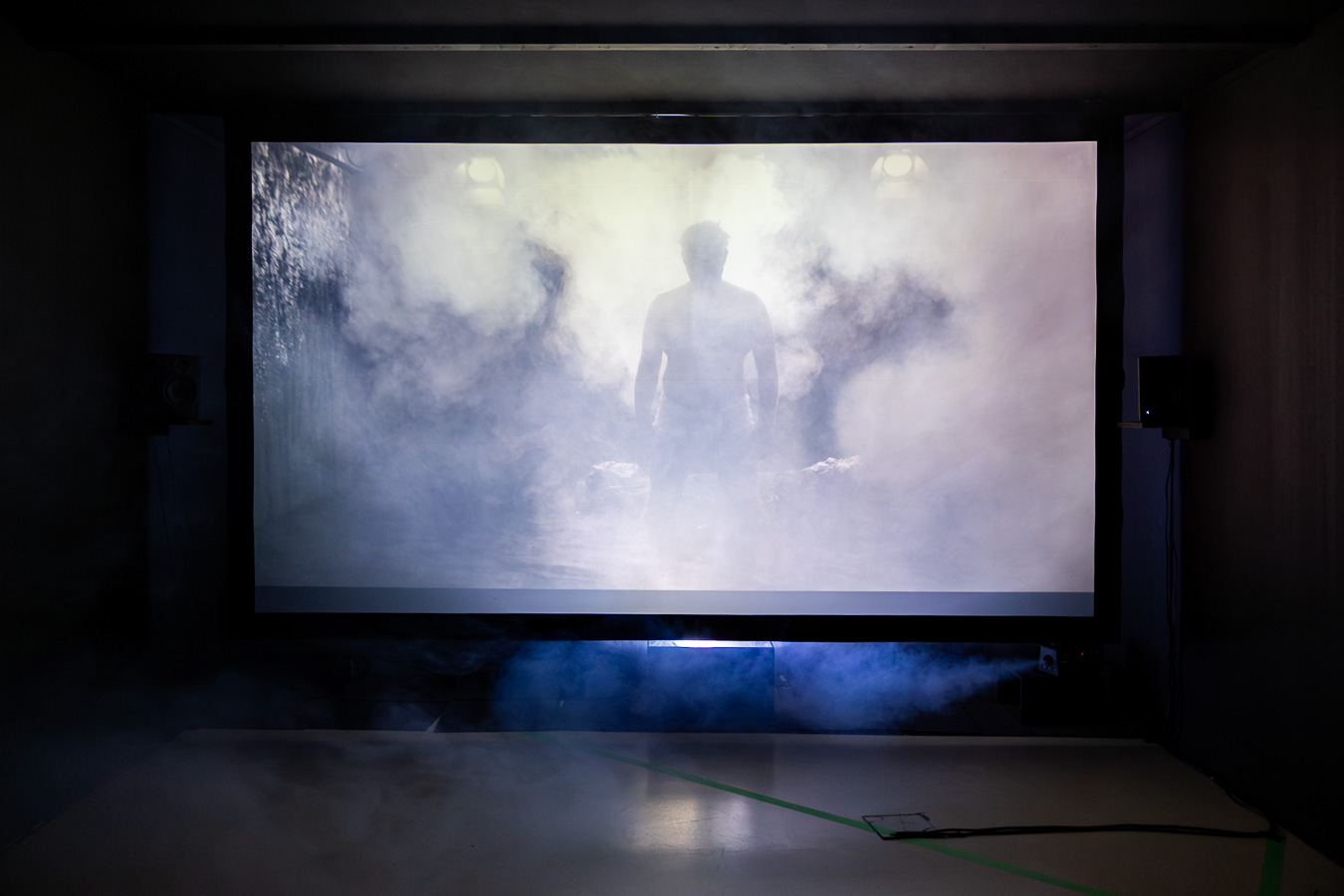Looking Back At Really? Art and Knowledge in Time of Crisis
Text by Baši Bučková
January 2025
With the continually rising popularity of reactionary populist figures, building their politics on the obscuring of truth and seeding doubt, the once-untouchable public trust in institutions is diminishing. For such anti-epistemologists, exemplified by Donald Trump, Viktor Orbán, or Vladimir Putin, the current state of numerous interconnected crises – ecological, social, political, technical, and economic – is one in which truth has become recalcitrant (Fuller and Weizman 17). Such politics aim to build a paranoid, conspiratorial, nationalist society that aligns with hegemonic economic structures by destroying facts, their meaning, and the necessary care dealing with them requires (Fuller and Weizman 18), thereby bypassing traditional forms of propaganda. Rather than straightforward deception, far-right populists often find their way to power through truth manipulation, obfuscation, deniability, and distortion, establishing “grey zones of uncertainty”, in the words of curators David Garcia and Mi You. Reinforced by the growth of commercialisation and monopolisation of news, social media algorithms, as well as the deeply biased surveillance technology, this emerging anti-epistemological condition cannot be described simply as a conflict between competing narratives, but as a “war on knowledge itself”, as the curators claim in their statement to Framer Framed’s past exhibition Really? Art and Knowledge in Time of Crisis (Garcia and You).
A crisis of epistemology and artistic responses are at the core of Really? Art and Knowledge in Time of Crisis (June 23 – September 29, 2024), co-curated by David Garcia and Mi You. The exhibition explores the complex relationship between politics and knowledge, and the ways subjects such as climate change, race, migration and sexual and gender identity are questioned and weaponised through distortion of facts and misused as tools to gain more power. As a result, histories of genocide and dispossession, colonisation, white supremacist and patriarchal violence become naturalised and placed beyond debate (Fuller and Weizman 17). With the ongoing genocide in Gaza, war in Syria, invasion of Ukraine, and the political success of far-right governments around the world, the exhibition’s topic of knowledge and power is even more relevant than back in 2017, when Framer Framed hosted Garcia’s previous exhibition As If: The Media Artist as Trickster (2017), which Really? has built upon.
Curated by David Garcia and Annet Dekker, As If centred around the politically inspired media artist that blurs the boundary between fiction and reality through various forms of deception in order to expose hidden workings of power structures and the possible alternative futures (Framer Framed, “As If: The Media Artist as Trickster”). Central to As If is the notion of “post-truth” – a form of anti-epistemology, which has been widely used to describe the unfolding information ecologies throughout (online) political discussions and publication sites since around 2016 (Rommetveit 1; Fuller and Weizman 17). It has been largely uttered in the context of Donald Trump’s presidential victory, as the former – and now the future, despite his rich criminal record – US president built his political career on spreading misinformation and moral panic, recently for instance with baseless racist remarks about Haitian immigrants in Ohio (Rose and Sullivan). As If symbolically opened on January 20, 2017, on Trump’s first inauguration day. The emerging practices of an artistic movement based on the foregrounding of fact, evidence and knowledge has become all the more urgent (Garcia, Beyond the Evidence).
With Really?, Garcia responds to critiques of As If’s methods, co-curating an exhibition in which “art as knowledge and research lies at the centre but includes examples that tests the limits of empiricism and data as ways of knowing” (Bhoot; Garcia and You). Really? features the works of seven artists and collectives who respond to the established epistemological crisis by questioning the evolving entanglement of knowledge, politics, and evidence through artistic and scientific methods. Combining the evidential and the reflexive in debates about what it means to (not) know, the artists engage with “evidential realism”, “aesthetics of resistance” (Garcia and You), or alternatively, “investigative aesthetics” (Fuller and Weizman).
The exhibited audio-visual works by artists such as Paolo Cirio, Anna Engelhardt & Mark Cinkevich, relying on research, graphs, and archives, deal with the production of evidence while interrogating the very notion of evidence. Similarly, artists and collectives like Ho Tzu Nyen, Zheng Mahler, and RIWAQ critically address the spoken and unspoken knowledge hierarchies, foregrounding knowledge forms that are marginal, subjugated, or considered “lesser”, namely non-human, sensual, or ones resistant to imperial forces. Investigative aesthetics employed by Jennifer Gradecki, Derek Curry, and UKRAiNATV uses various types of technology while interrogating its politics. They highlight that media technologies such as artificial intelligence, social media, satellite images, or facial recognition cameras are far from neutral: on the contrary, they are highly contextual with inbuilt biases, opacity, and partiality, and have the potential to exacerbate discrimination and domination (Fuller and Weizman 15).
Rather than fully abandoning terms like evidence, truth, or fact, the investigative aesthetics of the artists and artist collectives of Really? attempt to reframe them instead. As critical media theorist Matthew Fuller and architect Eyal Weizman write, investigative aesthetics expands the sites of truth-telling “from the courtroom, the university and the newspaper, to the gallery, street corner and Internet forum” (16). It attempts to open up circles of investigation to establish new alignments between different sites and institutions of diverse kinds and standings, creating a “poly-perspectival assemblage of open epistemic and aesthetic multiplicity” (Fuller and Weizman 21). While Really?’s exhibited artworks “project an aura of the incontrovertible” through both its methods and rhetoric, curator Garcia similarly encourages active engagement, questioning any form of un-problematised scientific empiricism (Garcia and You 2).
The Borders of Evidence / Paolo Cirio, Anna Engelhardt & Mark Cinkevich
What if we consider art as evidence, and the artist as its mediator? Addressing the rising wave of investigative art, artist Paolo Cirio describes how “the truth-seeking artworks featured [in his past exhibition] explore the notion of evidence and its modes of representation” (Garcia and You 1). Cirio, whose work opens Really? Art and Knowledge in Time of Crisis, is a conceptual artist who engages with legal, economic, and semiotic systems. His research-based artworks take the form of artifacts, photos, installations, moving images, or public art (Cirio, “Diagrams and Algorithms” 172), aiming to both inform and intervene. In Climate History (2024), featured in Really?, Cirio presents the visitor with 96 black-and-white prints in a neat grid. Upon closer inspection, it becomes clear that the prints form a timeline: they trace 96 historical events in the political and economic history of climate change from 1912 to 2012 (Cirio, “Climate History”). These pieces of evidence, gathered by Cirio through years of comparative research, track the role of the fossil fuels industry in global warming and the growing quantity of greenhouse emissions.
As Cirio’s research shows, with the goal of expanding fossil fuel consumption, the fossil fuel industry has continuously remained the primary actor shaping the politics and regulation of their own activity. His artwork reminds the viewer how little is publicly known or reported on this still-unfolding history. To keep the record going, Cirio transformed Climate History into an open database that allows researchers, archivists, journalists, and other professionals to contribute to it (Cirio, “Climate History”). By making his art participatory, he turned fossil history into an “open book” written by a plurality of voices that track the continuously progressing ecological crisis.
The buried evidence of the fossil fuel industry’s destructive impact on the planet only started emerging in the last decade. Cirio’s second exhibited work Climate Legal Evidence (2021) consists of four graphs that map the effects of greenhouse gas emissions, internally commissioned by Shell and Exxon in the 1980’s (Cirio, “Climate Legal Evidence”). These documents, containing already alarming results and predictions, remained hidden from the public until 2015 and 2018, when they were leaked and became subjects of lawsuits against Shell and Exxon. Neither company took responsibility for not disclosing the links between their products, global warming, and serious ecological consequences. Those included for instance CO2 possibly doubling by 2030, drastic rise in sea levels and temperatures, the disappearance of specific ecosystems, or the acidification of oceans. In their study, Shell concluded: “[t]he changes may be the greatest in recorded history” (Franta). Cirio printed the graphs taken from the leaked studies on large canvases, their hyper-visibility due to the brightness of the printing ink compensating for decades of staying hidden from the public eye. With these artworks, Cirio becomes the messenger of the evidence previously concealed by profit-driven corporations.

Paulo Cirio, Climate History (2024), Series of 96 prints as installed in the exhibition Really? Art and Knowledge in Time of Crisis (2024) at Framer Framed, Amsterdam. Photo: © Maarten Nauw / Framer Framed
While Cirio addresses evidence that is concealed for profit, other artists address the possibilities of manipulation of even the most accurate scientific evidence to create a narrative. Videographer Anna Engelhardt and interdisciplinary researcher-artist Mark Cinkevich introduce their collaborative work titled Terror Element (2024), commissioned by Framed Framed and supported by the Netherlands Film Fund and Creative Industries Fund NL as part of the collaborative project Immerse/Interact (Pieterse et al.). Terror Element is a hybrid documentary comprised of CGI and archival footage, which looks into investigative methods and the fallibility of truth, in the words of Engelhardt (Framer Framed, “Exhibition Audio Tour: Really?”). The documentary follows the story of Nina, a forensic expert, who stumbles upon a videotape made by her mother about a series of explosions in Russia back in 1999. Navigating the contradictory statements made by the authorities about an unknown substance found at the bomb sites, she finds evidence of misrepresentation of the investigation, framed in a way that supports a second invasion of Chechnya. Nina as a scientist herself spirals into uncertainty and her deeply ingrained faith in science is shaken.
The documentary, according to the artists, stems from their shared critique of the ways science can be mobilised by populist groups to sow doubts about critical issues such as climate change, poverty, race and sexuality (Framer Framed, “Exhibition Audio Tour: Really?; Bhoot). Engelhardt and Cinkevich’s work investigates the ways that scientific evidence can be misused to support a broader political narrative; science in the hands of certain populist figures, in Fuller and Weizman’s words, is both “lauded and admonished. The idea of science is upheld when it can provide a source of uncomplicated facts and attacked when its actual practices describe the necessary conditions of doubt” (17).
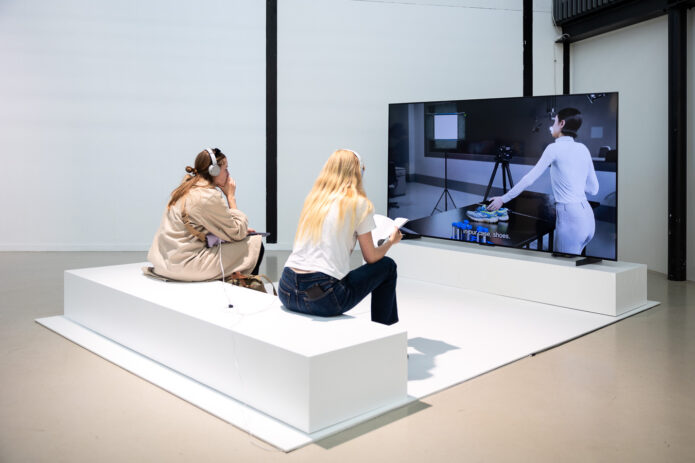
Anna Engelhardt & Mark Cinkevich Terror Element (video, 2024) in the exhibition, Really? Art and Knowledge in Time of Crisis (2024) at Framer Framed, Amsterdam. Photo: © Maarten Nauw / Framer Framed
Subjugated knowledges / Ho Tzu Nyen, RIWAQ and Zheng Mahler
Really? Art and Knowledge in Time of Crisis walks the line between knowing and unknowing, and questions the long-established hierarchies of knowledge. Knowledge, in the Western mind, has been conceptualised as a form of empirical rationality since the Enlightenment age. In the 18th and 19th century, (Western) Europe equated itself with “consciousness, universal rationality, and self-regulating ethical behaviour”, naturalising the idea of (Hu)Man as the primary subject, posthuman theorist Rosi Braidotti writes (2335). To reify this Self, an Other was created as its opposite. The Human, a normative figure emerging in its specific socio-historical context, was distinguished from racialised, sexualised, and naturalised subjects and technology. In doing so, the history of European humanism essentialised and othered many people and non-humans through violence and dehumanisation (2337). Along with the othered groups and communities, knowledges that were produced outside of the humanist ideal subject have been subjugated, eradicated, or rendered “lesser”.
“Subjugated knowledges” is a term used by Michel Foucault and later adopted by transgender studies scholar Susan Stryker. Subjugated knowledges, according to Foucault, are conceptualised as “historical contents that have been masked or buried in functional coherences or formal systemizations”, as well as “a whole series of knowledges that have been disqualified as non-conceptual knowledges, as insufficiently elaborated knowledges, naïve knowledges, hierarchically inferior knowledges, knowledges that are below the required level of erudition or scientificity” (Foucault 7–8). Building on Foucault, Stryker argues for the academic and historical consideration of materials such as ethnographies of non-European gender systems, legal transcripts hidden in some obscure publication, the files of psychiatric patients, or simply embodied knowledge articulated from direct experience (Stryker 13). The reappearance of these marginal knowledges “from below” is essential for contemporary critical inquiry. The artistic research of artists and collectives such as Ho Tzu Nyen, Zheng Mahler, and RIWAQ makes that clear.
The Cloud of Unknowing (2011) is a video installation by Singaporean artist Ho Tzu Nyen, originally created to represent Singapore at the 2011 Venice Biennale. In the space of Framer Framed, the visitor who approaches the work is immediately flooded by information and sensorial input, surrounded by four screens, audio recordings, and a selection of approximately 200 songs with the theme of clouds. Moreover, the clouds transgress the screen and speakers: upon stepping into the space, one is submerged by a cloud of fog from a fog machine, becoming a part of the dream-like scene. Based on the French art historian’s Hubert Damisch’s work on the form’s aesthetics and symbolism, first published in 1972, Ho’s installation revolves around eight compartmentalised vignettes, set in a low-income public housing block in Singapore. Each vignette alludes to historically significant works by both Western European and Eastern artists, including Caravaggio, Francisco de Zurbarán, Antonio da Correggio, Giovanni Lorenzo Bernini, René Magritte, Mi Fu, and Wen Zhengming (Yap). The on-screen scenes involving eight characters are unexpectedly interrupted by ethereal, ghostly cloud figures.
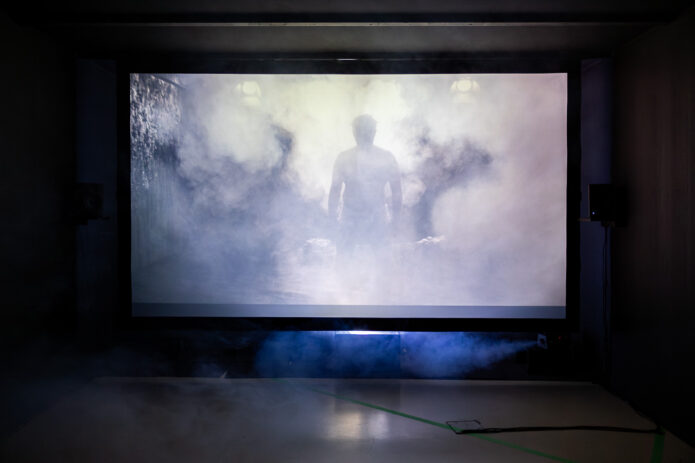
Ho Tzu Nyen, The Cloud of Unknowing (2011) as installed in the exhibition Really? Art and Knowledge in Time of Crisis (2024) at Framer Framed, Amsterdam. Photo: © Maarten Nauw / Framer Framed
The work blends Eastern and Western forms and references, which appear seamless and disjointed at the same time. They co-exist in the same space and narrative, but the sensorial and information overwhelm, as well as the imagery of clouds makes the borders between them unintelligible, or foggy. Being unable to follow the narrative, imagination and affect take over. East and West no longer exists in a binary, the clarity of influence and knowledge clouded by the metaphorical, transient “cloud of unknowing”. Curator June Yap connects Ho’s practice to the context of contemporary art in Southeast Asia, specifically Singapore. As a result of its postwar independence as a part of Malaysia and eventually its definite separation, Singapore’s historical and artistic contexts are intertwined with its neighbouring countries. In its representation, the Singaporean identity often gets lost to assimilation. In this and other works, Ho instead represents Singapore and Southeast Asia as pluralistic, multilayered, and not confined to a permanent definition (Yap; Thuc). Ho’s art challenges foundational mythologies and historical geopolitics, as well as the concept of Singapore’s modernisation singularly through Western influence or beneficence. The Cloud of Unknowing reveals the layers of Singapore’s geopolitical and artistic history in all their cloudy complexity.
The importance of preserving history, collective memory and cultural heritage grows along with the threat of it being erased. Verb to BE / ةنونيكلا لعف by RIWAQ, the Palestinian Centre for Architectural Conservation founded in 1991, documents the organisation’s work of preserving architectural heritage and historical centres across the West Bank and Gaza amidst the ongoing occupation and genocide in Palestine (RIWAQ). The installation consisting of photographs and video invites the viewers to witness the act of restoration through the restorers’ eyes: “those who (re)build and revive traditional local knowledge to imagine a future that is written by and for them” (Pieterse et al.). ‘Being’ in the work of RIWAQ becomes less of a passive state of existence, and more an everyday intentional act of resistance to colonial extraction and disruption. RIWAQ’s work, mostly focusing on rural Palestinian areas, reaches beyond architectural preservation: it recognises cultural heritage as a pillar for Palestinian identity and collective memory (RIWAQ). The organisation with members from numerous fields aims to create suitable and safe spaces for living and work, but also to claim agency over production and dissemination of knowledge. The visitors of Really? had the opportunity to witness a piece of architectural and epistemological restoration and listen to the past and the future ways of being (re)narrated by Indigenous voices.

Verb to BE by RIWAQ in the exhibition, Really? Art and Knowledge in Time of Crisis (2024) at Framer Framed, Amsterdam. Photo: © Maarten Nauw / Framer Framed
The transformation of landscapes featured in the exhibited works transgresses architectural and human involvement, such as in the case of Zheng Mahler’s Bubalus Bubalis 14-40,000hz (2021). The Lantau-based collective composed of artist Royce Ng and anthrozoologist Daisy Bisenieks explores the ways human and non-human sensorial capacities and forms of communication can meet, and how technology might act as a bridge. The landscape and wetland ecology of Lantau Island, once known as ‘the rice basket’ of Hong Kong, has been largely shaped by its water buffalo and cow populations. The duo’s long-term multi-species ethnographic research tracks these changes, which have occurred since the 1970’s and 1980’s, when large groups of buffalos and cattle kept for agriculture have been released into the wild. Under the influence of these non-human agents, the terrain turned into a rich, biodiverse environment, which will soon be threatened as the Hong Kong government’s Lantau Tomorrow Vision, a land reclamation megaproject, proceeds (Pieterse et al.).
The mixed media installation is an assemblage of video, a sound sculpture consisting of field recordings, and the instruments that the artists used in their research. A piece that is especially visually striking is a binaural microphone with attached 3D printed replicas of buffalo ears, used to capture the animals’ sonic perception. It represents the frequencies inaudible to the human ear, which are instead translated into a visual of animated water ripples, transmitted through a water speaker. The sound waves that can be caught with human hearing play through the headphones that connect to the buffalo mic, offering the visitors a spatialised experience of cattle hearing. The project, one from Zheng Mahler’s series revolving around Lantau’s local species, attempts to acknowledge the human sensorial limitations. The duo approaches technology as an extension of consciousness: one that allows them to embody experiences beyond their own sensorial reach (Zheng Mahler).
Data and Ways of (Un)Knowing / Jennifer Gradecki & Derek Curry, and UKRAiNATV
As previously mentioned, data-based and quantitative calculations are often perceived as objective and neutral: however, they are always products of their specific historical conjunctures, intertwined with their specific inequalities. Sociologist Koen Leurs and media scholar Tamara Shepherd, using the systems for digital sorting of migrants as a case study, argue that surveillance data, given its origins in Western military-industrial context, inherently dehumanise and discriminate against the already marginalized (211–16). The surveillance of marginalised subjects has roots in European colonialism, when it was used as a form of domination and disciplining (222–23). Leurs and Shepherd exclaim that in the Western episteme, data sets that are large enough are believed to be the path to making everything knowable; however, big data methods make calculating processes, such as the one for sorting migrants the authors speak about, automated and opaque (222–24).
Large-scale surveillance technology, namely facial recognition, is a common practice in law enforcement. However, the lack of regulation and reflexivity on its biases can lead to profiling and wrongful convictions. The issues with facial recognition technology are the subject of Boogaloo Bias (2021 – ongoing), an interactive artwork by Jennifer Gradecki & Derek Curry. Boogaloo Bias is rooted in academic and journalistic research of the artists, who investigate the police methods for cases when a clear image of a suspect is unavailable or lacking. “Brute forcing” is a practice of matching the suspect’s face with the face of their closest generated celebrity lookalike. The artists give the visitors a first-hand experience of what it’s like to be a criminal suspect, using this technology (Pieterse et al.; Atlanta Science Gallery).
To emphasise the absurdity and flaws of this practice, Gradecki and Curry use the faces of movie characters from the 1984 film Breakin’ 2: Electric Boogaloo as celebrity references to assist the computer in identifying members of the real-life anti-law enforcement militia group “Boogaloo Bois” among the exhibition attendees (Atlanta Science Gallery). Therefore, Boogaloo Bias prompts viewers to interact with a system that exposes the most questionable facial recognition practices in order to raise concerns about oversight within a socio-technical system where human judgment is aided by proprietary technology developed by private companies for profit (Beta Festival).

Jennifer Gradecki & Derek Curry, Boogaloo Bias (2021 – ongoing) as installed in the exhibition Really? Art and Knowledge in Time of Crisis (2024) at Framer Framed. Photo: Maarten Nauw / Framer Framed
With their installation, Gradecki and Curry point out the alienating nature of the very technology they use. Other projects, however, critically use technology for radical practices of “hybrid togetherness”. GREEN DEAL (2022 – ongoing) by UKRAiNATV is an interactive, in-real-time evolving installation, placed at the centre of the gallery. Tagged with the slogans #HOPECORE, #STREAMART, and #GREENDEAL, the project resembling a television studio features the works of several artists, a live stream, workshops, and live events. UKRAiNATV is an experimental, cross-sectoral, collective initiative of artists, media enthusiasts, activists, researchers, and musicians from Ukraine, Poland, Belarus, Italy and other countries. They have created an Internet TV station specialised in building live audiovisual bridges, a multi-channel streaming hub, recording studio and a “glocal network” (UKRAiNATV; Bhoot).
Created in the context of Russian imperialism and the country’s eventual invasion of Ukraine, the project’s aim is to create a collage and decentralise knowledge, orientating it towards the community through livestreaming activities. The platform gives space to those in need who fell victim of the humanitarian crisis and do not feel comfortable to express themselves freely, such as refugees or nomadic artists (Pieterse et al.; UKRAiNATV; Bhoot). The platform’s practices reflect the urgent need for alternative information networks in times of crisis. Through live streaming and collaboration, UKRAiNATV creates spaces where marginalized voices can be amplified and diverse perspectives can intersect, challenging traditional hierarchies of knowledge dissemination while fostering transnational solidarity networks.
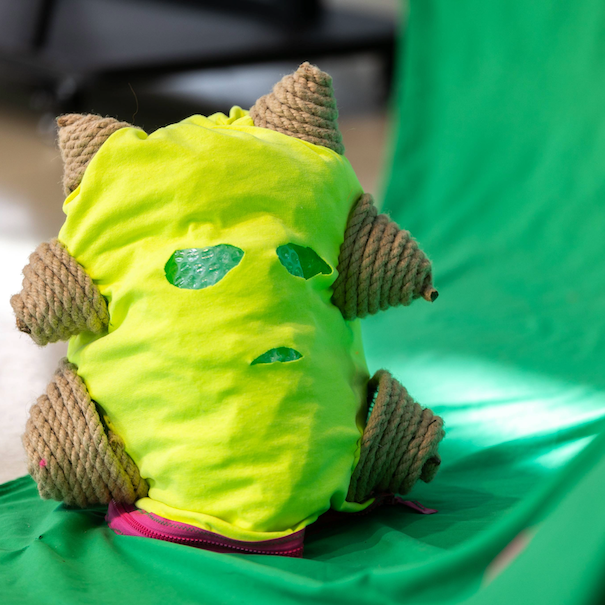
GREEN DEAL (detail of interactive installation) by UKRAiNATV as installed in the exhibition Really? Art and Knowledge in Time of Crisis (2024) at Framer Framed. Photo: Maarten Nauw / Framer Framed
The exhibition Really? Art and Knowledge in Time of Crisis (2024) featured works by artists and collectives that at its core investigated the production of knowledge, data, and information in the current age of intersecting crises. Watching the populist governments with their proposals of destructive policies rise to power, neo-colonial conquests unfold, companies use up the Earth’s resources for profit, and the climate change, many of us are asking: Really? The exhibition’s curators and artists critically respond to this “We are doomed!” feeling by interrogating the existing knowledge systems, hierarchies, and their preservation, as well as the very notion of “evidence” and technology that they themselves use. However, the selection of works also plants a seed of hope. The artists imagine a future through investigative aesthetics, knowledge-sharing, and community-oriented media practices and critical approach to technology, looking for ways it can be used to establish connection and mediation. The exhibition invites its visitors to ask in awe: Really?, as it encourages them to engage in new ways of (un)knowing with each work.
By Baši Bučková
Works Cited
Atlanta Science Gallery. “Boogaloo Bias by Jennifer Gradecki and Derek Curry.” Atlanta Science Gallery, 12 Sept. 2023, https://www.atlanta.sciencegallery.com/justice-faces-stories/boogaloo-bias.
Beta Festival. “Boogaloo Bias: Jennifer Gradecki and Derek Curry.” Beta Festival, 2024, https://2024.betafestival.ie/exhibitions/unsettling-the-algorithm/Boogaloo%20Bias.
Bhoot, Mrinmayee. “Probing the (Un)Certainties of (Un)Knowing at Framer Framed’s Amsterdam Exhibition.” Stir World, 16 Aug. 2024, https://www.stirworld.com/see-features-probing-the-un-certainties-of-un-knowing-at-framer-framed-s-amsterdam-exhibition.
Braidotti, Rosi. “The Posthuman.” The Norton Anthology of Theory and Criticism, 2018, pp. 2329–52, https://doi.org/10.7551/mitpress/9780262034401.003.0004.
Cirio, Paolo. “Climate History.” Paolo Cirio, 2024, https://paolocirio.net/work/climate-history/.
—. “Climate Legal Evidence.” Paolo Cirio, 2021, https://paolocirio.net/work/climate-evidence/.
—. “Diagrams and Algorithms.” Finance and Society, vol. 2, no. 2, 2016, pp. 168–72, https://doi.org/10.2218/finsoc.v2i2.1729.
Foucault, Michel. Society Must Be Defended (Michel Foucault Lectures at the Collège de France, 1975-6). Picador, 2003.
Framer Framed. “As If: The Media Artist as Trickster.” Framer Framed, 2017.
—. “Exhibition Audio Tour: Really? Art And Knowledge In Time Of Crisis.” Soundcloud, 28 Aug. 2024, https://soundcloud.com/framer-framed/sets/audio-tour-really-exhibition.
Franta, Benjamin. “Shell and Exxon’s Secret 1980s Climate Change Warnings.” The Guardian, 19 Sept. 2018, https://www.theguardian.com/environment/climate-consensus-97-per-cent/2018/sep/19/shell-and-exxons-secret-1980s-climate-change-warnings.
Fuller, Matthew, and Eyal Weizman. Investigative Aesthetics: Conflicts and Commons in the Politics of Truth. Verso, 2021.
Garcia, David, and Mi You. “Curatorial Statement: Art and the Battle for Truth.” Framer Framed, 2024, https://framerframed.nl/en/dossier/artistic-resistance-in-an-age-of-disinformation/.
Leurs, Koen, and Tamara Shepherd. “Datafication & Discrimination.” The Datafied Society: Studying Culture through Data, edited by Karin van Es and Mirko Tobias Schäfer, Amsterdam University Press, 2016.
Pieterse, Josien, et al. “Really? Art And Knowledge In Time Of Crisis .” Framer Framed, Framer Framed, 2024.
RIWAQ. “Our Story.” RIWAQ, https://www.riwaq.org/our-story. Accessed 10 Jan. 2025.
Rommetveit, Kjetil. Post-Truth Imaginations: New Starting Points for Critique of Politics and Technoscience. Routledge, 2022.
Rose, Rashard, and Kate Sullivan. “ Trump Says He Would Revoke Temporary Protected Status for Haitian Migrants in Springfield If Elected .” CNN, 3 Oct. 2024, https://edition.cnn.com/2024/10/03/politics/trump-revoke-status-ohio-haitian-migrants/index.html.
Stryker, Susan. “(De)Subjugated Knowledges: An Introduction to Transgender Studies .” The Transgender Studies Reader, 1st ed., Routledge, 2006, pp. 1–18.
Thuc, Caroline Ha. Research-Based Art Practices in Southeast Asia: The Artist as Producer of Knowledge. Palgrave Macmillan, 2022.
UKRAiNATV. “UKRAiNATV.” UKRAiNATV, 2022, https://ukrainatv.streamart.studio/ukrainatv/.
Yap, June. “Ho Tzu Nyen: The Cloud of Unknowing.” Guggenheim New York, 2011, https://www.guggenheim.org/artwork/31320.
Zheng Mahler. “Bubalus Bubalis 16-40,000hz.” Zheng Mahler, 2021, https://www.zhengmahler.world/BubalusBubalis14-40000hz.
Oekraine / Nieuwe media / Palestina / Politiek en technologie /
Exposities
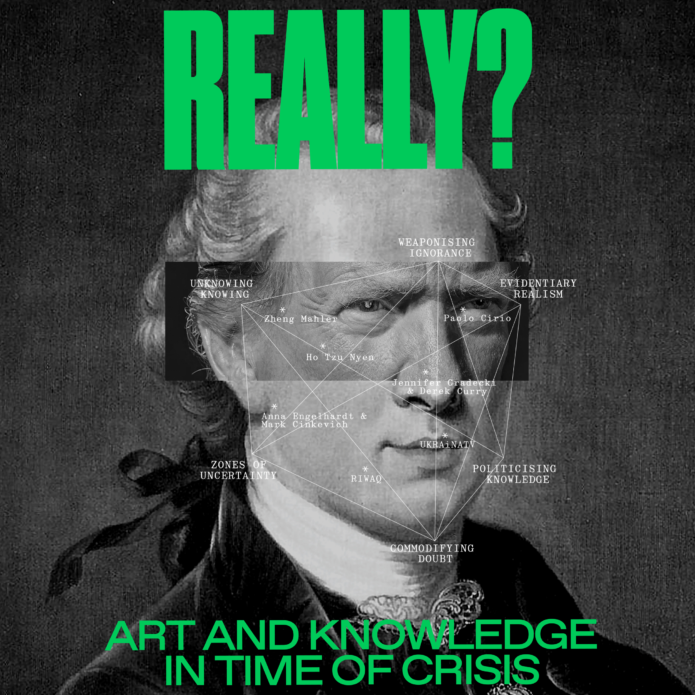
Expositie: Really? Art and Knowledge in Time of Crisis
Tentoonstelling over de commodificatie van kennis en onwetendheid, samengesteld door Mi You en David Garcia
Netwerk
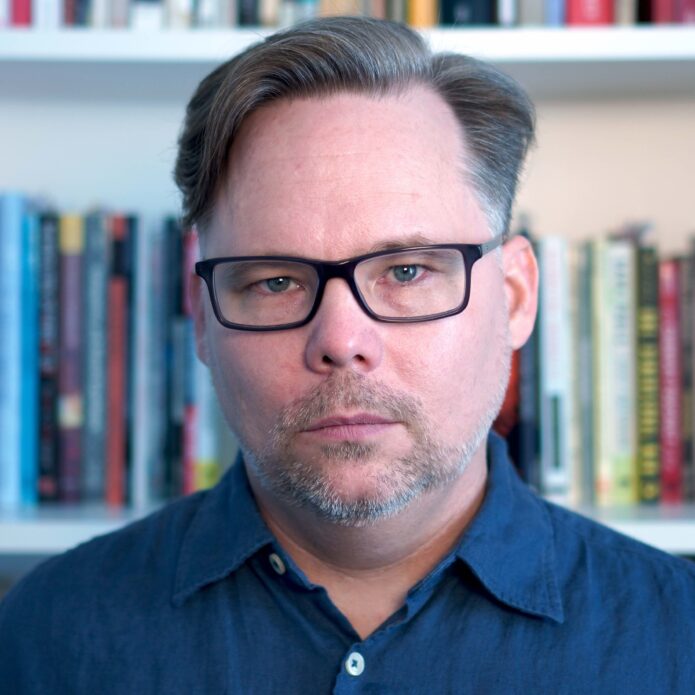
Derek Curry
Kunstenaar en onderzoeker
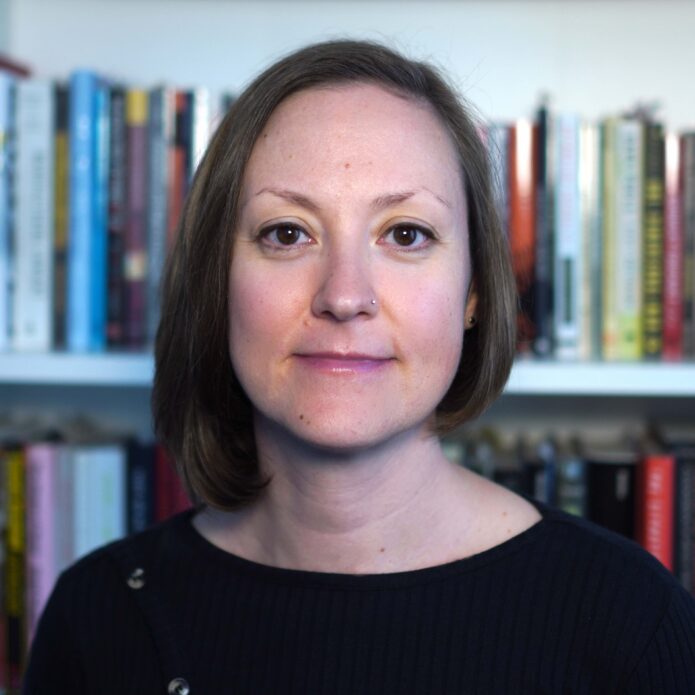
Jennifer Gradecki
Kunstenaar en theoreticus
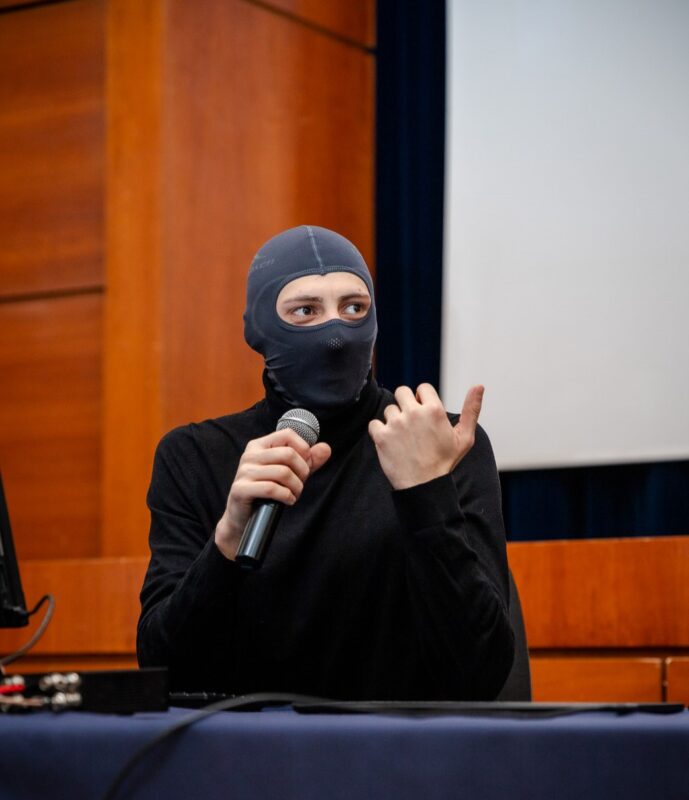
Mark Cinkevich
Kunstenaar
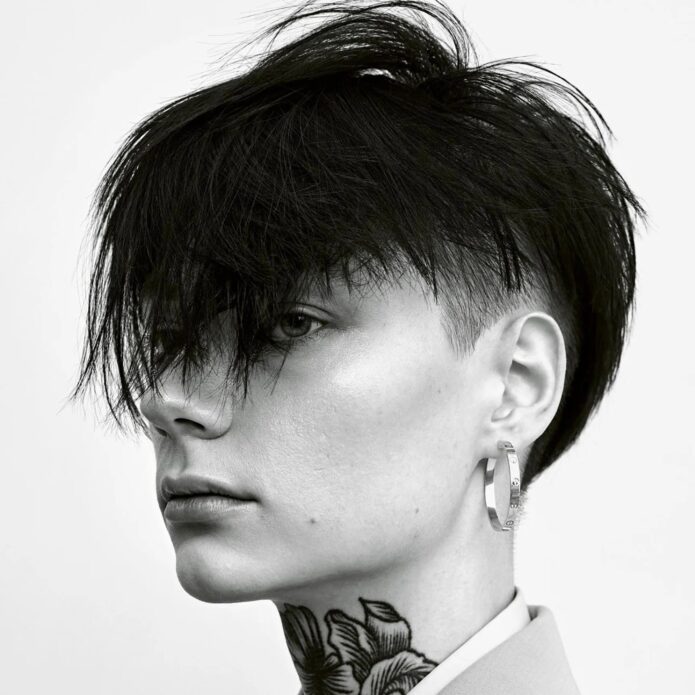
Anna Engelhardt
Kunstenaar

RIWAQ
Centrum voor behoud van architectonisch erfgoed

Zheng Mahler
Kunstcollectief
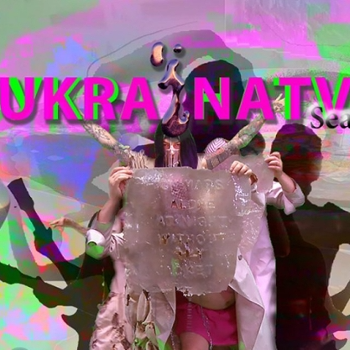
UKRAiNATV
Kunstcollectief
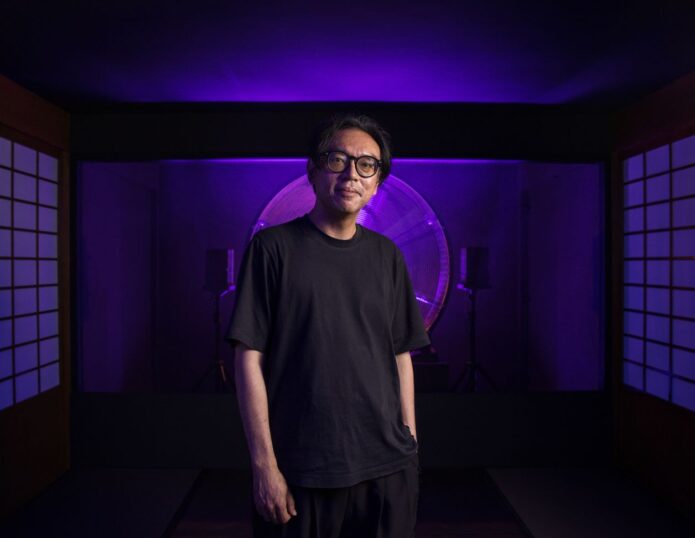
Ho Tzu Nyen
Beeldend kunstenaar
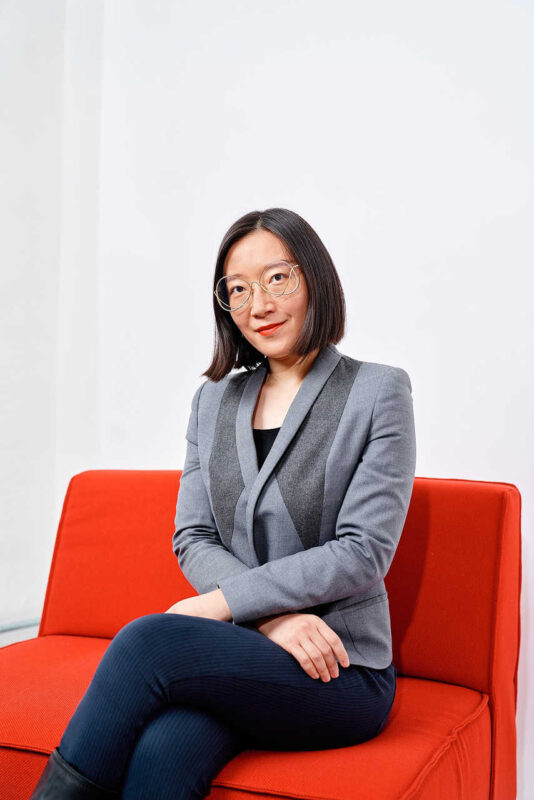
Mi You
Academicus en curator
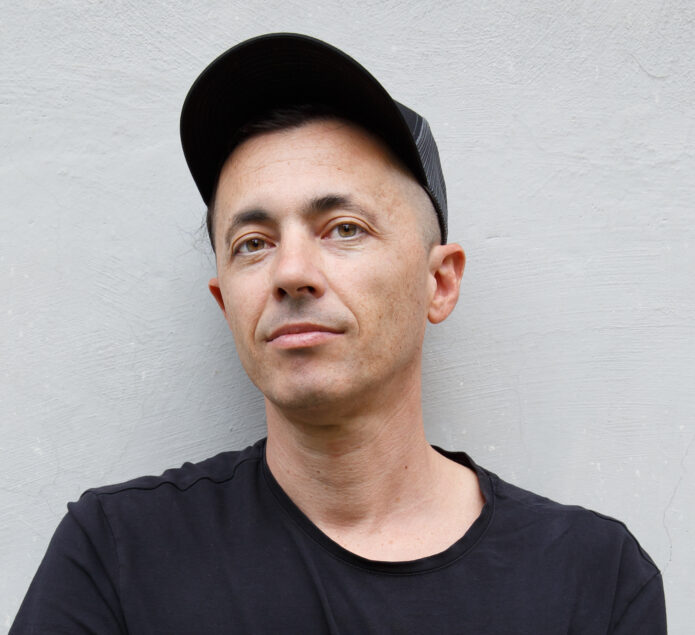
Paolo Cirio
Kunstenaar
